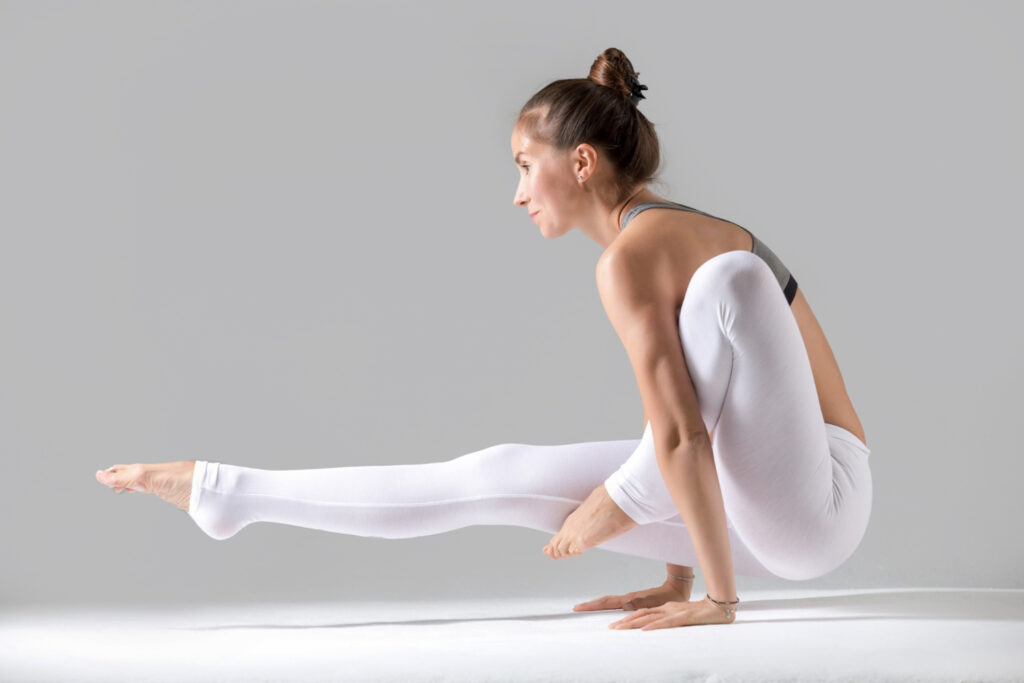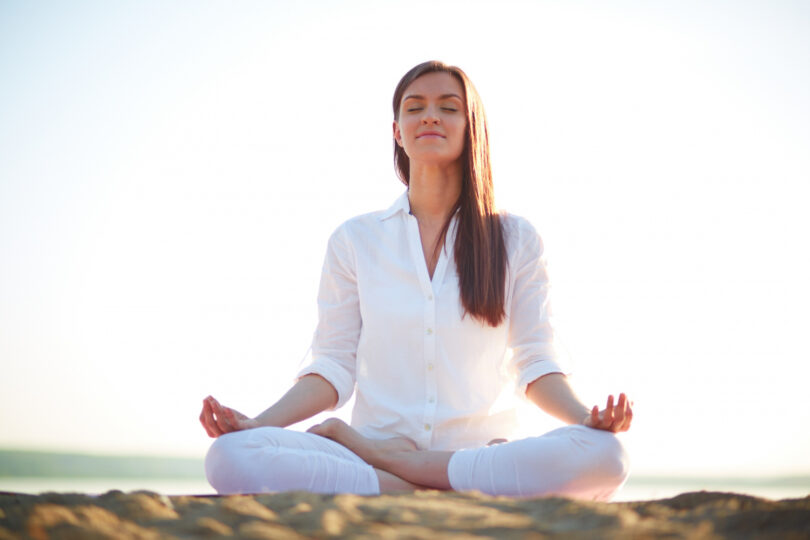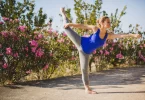Table of Contents
Introduction
Yoga, a timeless discipline, offers a myriad of benefits that extend beyond mere physical well-being to include mental and spiritual growth. Advanced yoga poses, often the hallmark of an experienced practitioner, not only enhance strength and flexibility but also offer deeper psychological benefits. This article explores four such advanced yoga poses that challenge and inspire.
What Are Advanced Yoga Poses?
Advanced yoga poses typically require a higher level of strength, flexibility, and balance. These poses are not just physical feats but are also used to deepen one’s practice and connect more profoundly with one’s body and mind.
Criteria for Advanced Poses
To be considered advanced, a yoga pose must meet certain criteria including complexity, the necessity for refined balance, and the ability to engage multiple muscle groups in coordination. Mastery of such poses often requires years of dedicated practice.
The Importance of Preparation
Before attempting these advanced poses, adequate preparation is crucial to prevent injuries and ensure the maximum benefit.
Physical Preparation
Physical readiness involves building up strength, flexibility, and balance through consistent yoga practice. Engaging in a well-rounded yoga routine that conditions the body is key.
Mental Preparation
The mental aspect involves developing focus, patience, and perseverance. Advanced yoga poses require a calm, centered mind and the ability to maintain concentration over prolonged periods.

Pose 1: Sirsasana (Headstand)
Sirsasana, or headstand, is often referred to as the king of all yoga poses due to its extensive benefits, including increased blood flow to the brain and enhanced mental clarity.
Common Mistakes
Common mistakes include rushing into the pose without proper muscle engagement, which can lead to neck strain or worse.
Pose 2: Adho Mukha Vrksasana (Handstand)
This pose is a powerful arm and shoulder strength and can help improve balance and confidence.
Safety Tips
Always practice near a wall when beginning and use a spotter if available to prevent falls.
Pose 3: Pincha Mayurasana (Feathered Peacock Pose)
Pincha Mayurasana helps to develop concentration and coordination, while also strengthening the arms, shoulders, and back.
Modifications
Beginners can use a yoga block between their hands or practice against a wall for additional support.
Pose 4: Kapotasana (King Pigeon Pose)
Kapotasana is a deep backbend that opens up the chest and shoulders, improving flexibility and lung capacity.
Alignment Tips
Focus on maintaining an even distribution of weight and alignment to avoid stress on any one part of the body.
Related Article: Hatha Yoga: A Comprehensive Guide to Mind-Body Wellness
Conclusion
Advanced yoga poses are milestones in one’s yoga journey that significantly enhance both physical and mental faculties. They require dedication and patience but offer immense rewards in terms of health and inner peace.
FAQs
What should I do if I feel pain while performing advanced poses?
If pain occurs, stop immediately and consult with a yoga instructor to ensure correct posture and alignment.
How often should I practice these poses?
Advanced poses should be practiced as part of a balanced yoga routine, depending on individual fitness and comfort levels.
Can advanced yoga poses help with stress?
Yes, mastering these poses can enhance mental discipline and reduce stress.
What are the risks of advanced yoga poses?
If not performed correctly, there’s a risk of injury, particularly to the neck, back, and joints.
How long does it typically take to master an advanced yoga pose?
Mastery can vary widely among individuals; it often takes years of consistent practice.







